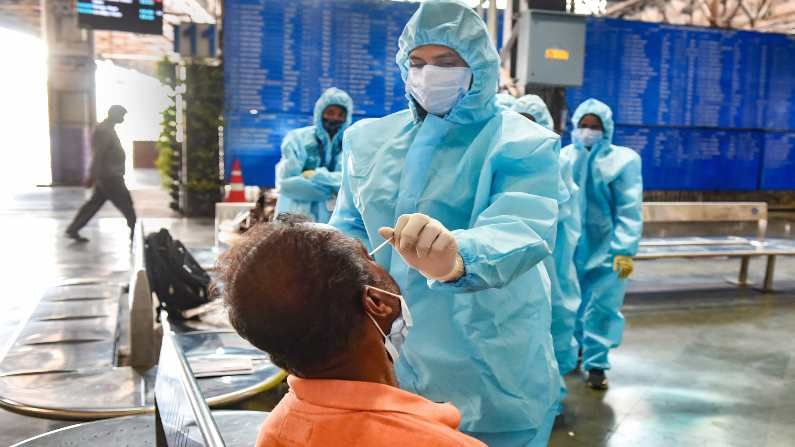What is CT value in Covid-19 RT-PCR test and should you worry about it?
With the world collapsing upside down, thanks to Covid-19, have you wondered why the infection is such a horror, after all? Yes, like many thousand other infections, it is also a communicable disease that has the potential to kill you. But it is, precisely, the lack of information and the fear of the unknown surrounding […]

With the world collapsing upside down, thanks to Covid-19, have you wondered why the infection is such a horror, after all? Yes, like many thousand other infections, it is also a communicable disease that has the potential to kill you. But it is, precisely, the lack of information and the fear of the unknown surrounding SARS-CoV-2 which has set the whole world under house arrest.
We simply don’t know enough about the disease to be able to make peace with its eventuality. For instance, if you tested positive for the pathogen through the Reverse Transcriptase Polymerase Chain Reaction (RT-PCR) technique, did you notice the tiny CT value mentioned somewhere in your test report? What does it mean?
What is a CT value?
The cycle threshold (CT), according to the Indian Council of Medical Research (ICMR), is the measure of how soon the Covid-19 virus is detected in the sample after an RT-PCR test. The sooner the virus gets detected, the higher the viral load is supposed to be.
“All patients with a CT value of equal to or less than 35 may be considered positive, while those with a CT value greater than 35 may be considered negative. All samples with a CT value equal to or less than 35, which is seen as a poor sigmoidal curve, should be essentially retested. Implementing a CT value cut-off of 24 is not at all advisable as this would lead to the missing of several infectious patients and increase disease transmission,” ICMR said in an official letter to the Maharashtra government on April 5.
Maharashtra had requested the Centre to review testing norms related to Covid-19 after the state reported an unprecedented surge in daily cases. Currently, anyone with a CT value above 35 is considered negative for Covid-19 while those below 35 are detected as positive.
How is it calculated?
After collecting the sample, RNA is extracted from it and treated with a reverse transcriptase enzyme. Then, complementary DNA is extracted from the initial RNA.
This DNA can now be amplified by each cycle multiple times using a polymerize chain reaction to make a million copies of the fragment.
The DNA is finally measured by fluorescent dye signals. These signals are collected in their exponential phase.
Let’s take an example to understand this process better:
If there are two testing samples, one with 200ng of cDNA and another with 50ng of cDNA – the former will need fewer cycles to become detectable and hence will give a lower CT value. Meanwhile, the latter will require more cycles and hence result in a higher CT value.
A lower CT value thus means higher viral load while a higher CT value means lower viral load.
Should you care about the CT value?
The correlation between the severity of the disease and CT value is largely vague. There are patients with high CT value but serious Covid-19 symptoms and there are also enough asymptomatic patients who scored a low CT value in their tests.
Reports suggest many factors like the day your sample was collected, where it was stored, and what reagents were used – are also responsible for the CT value. No concrete information is available on how does the CT value influences an infected person’s overall health situation.
Hence, you should focus on monitoring your oxygen levels and taking the prescribed medicines instead of worrying about the CT value. At least unless more reliable information comes about.